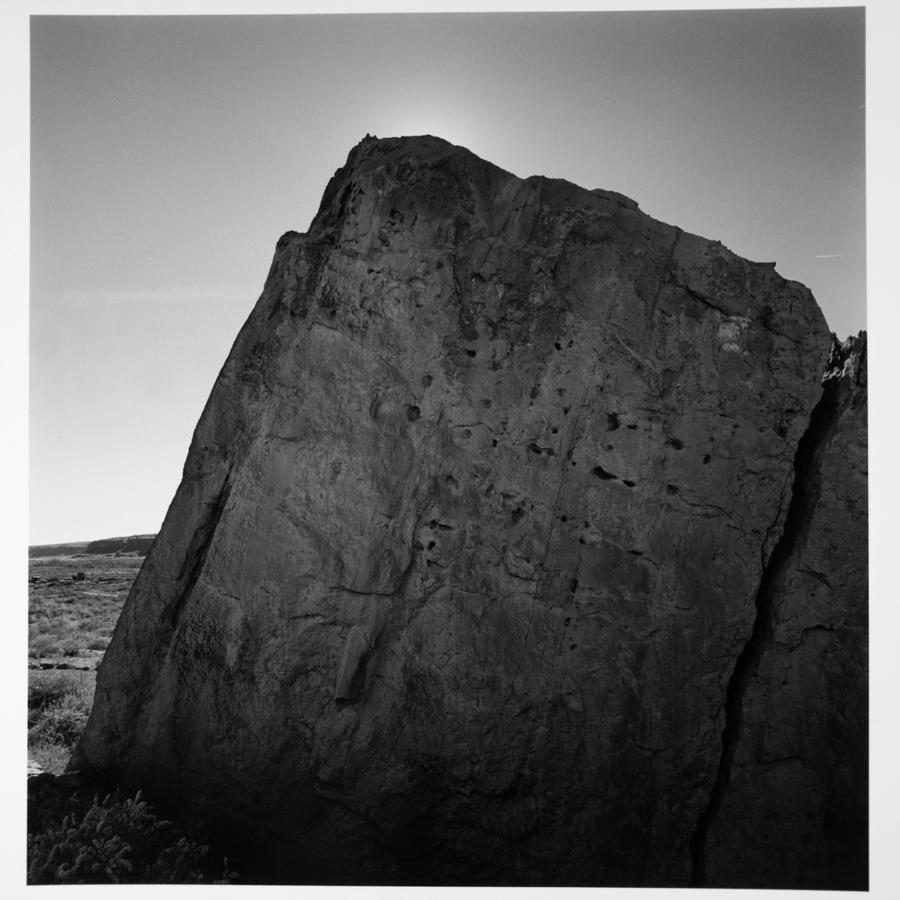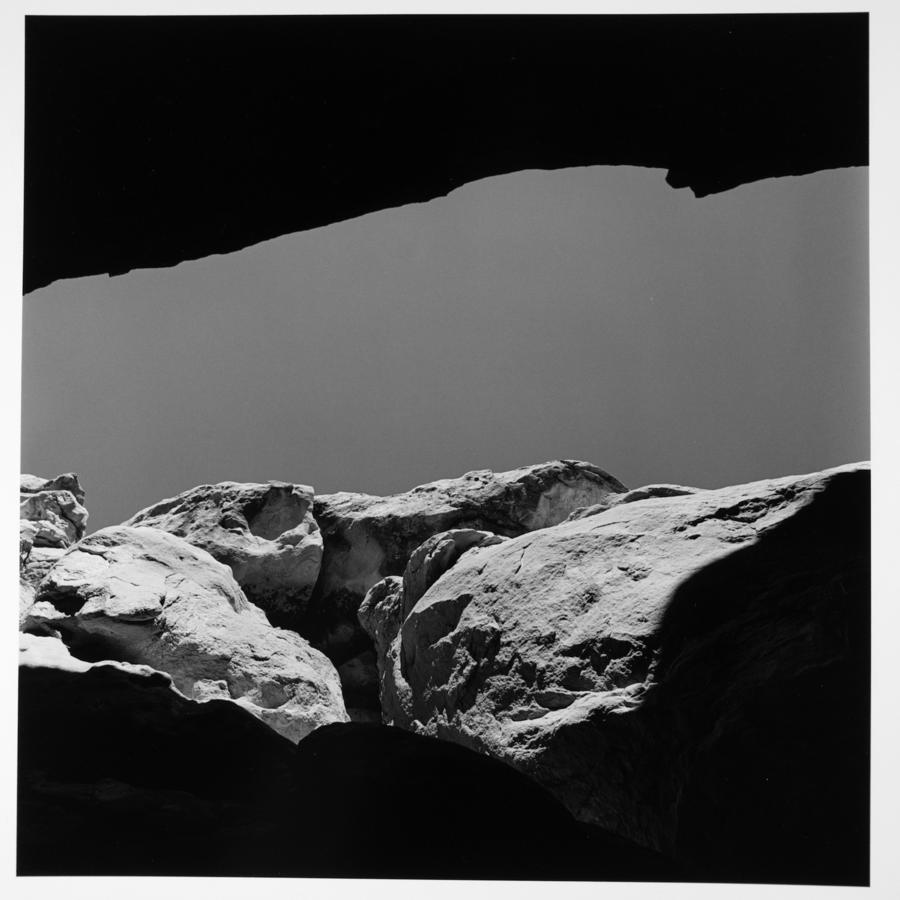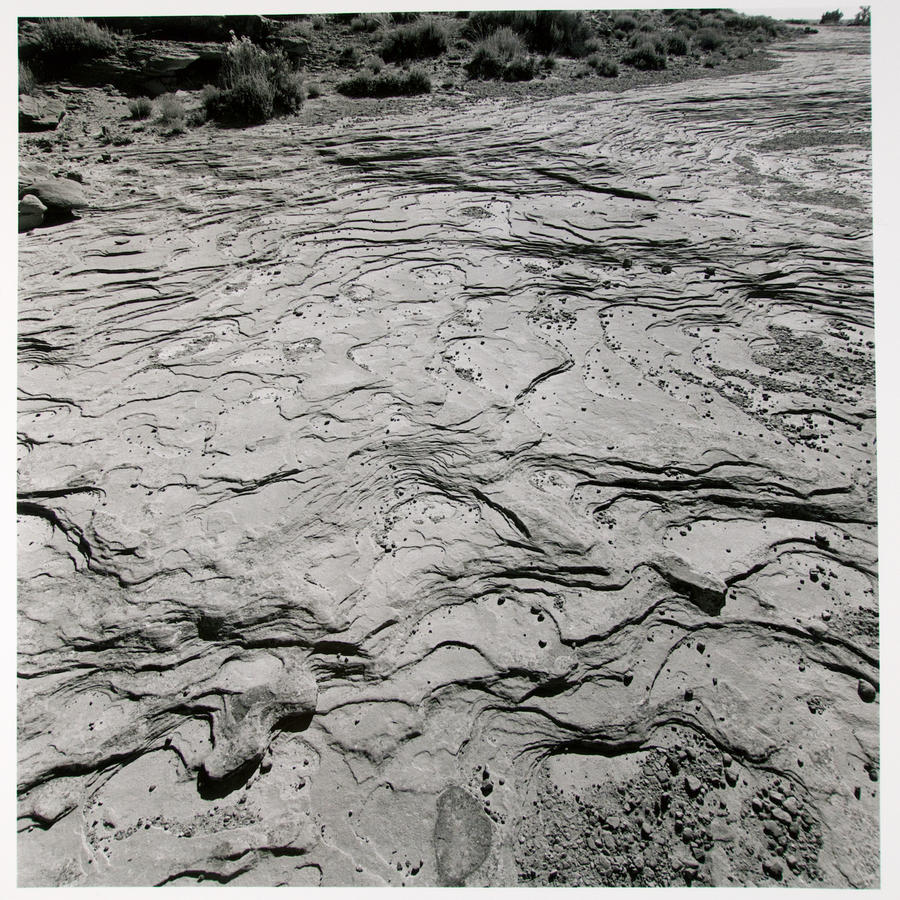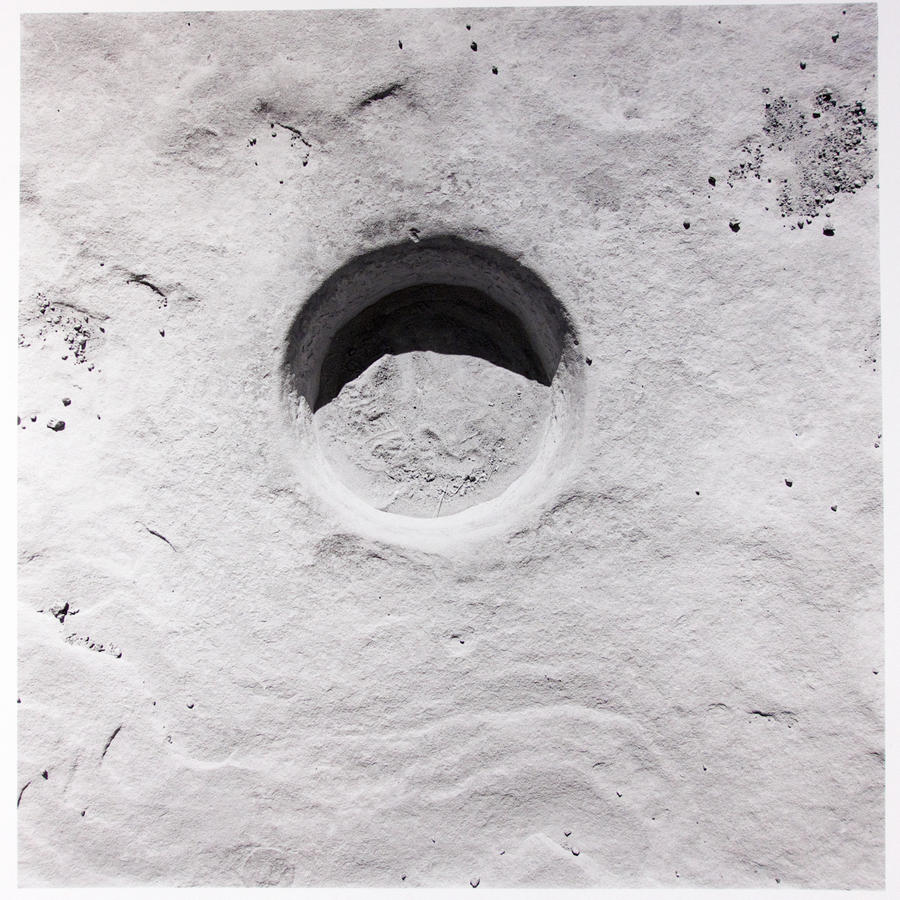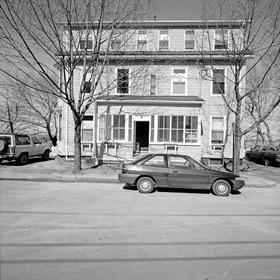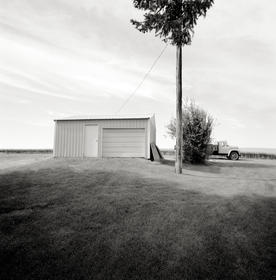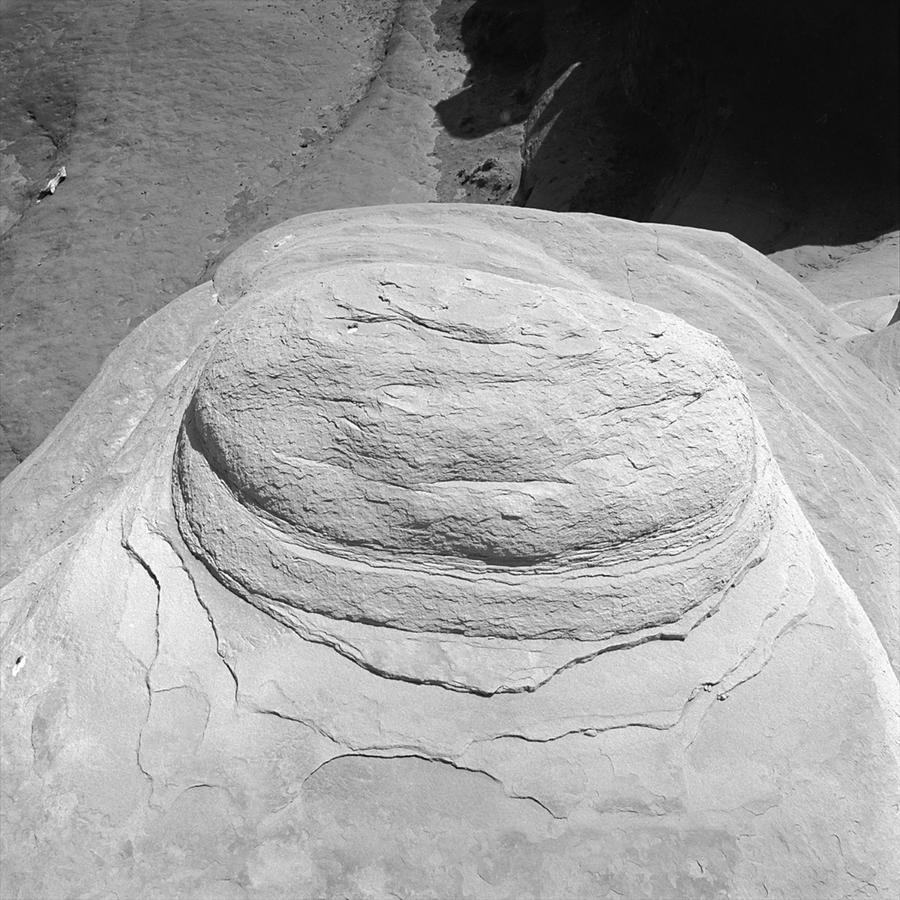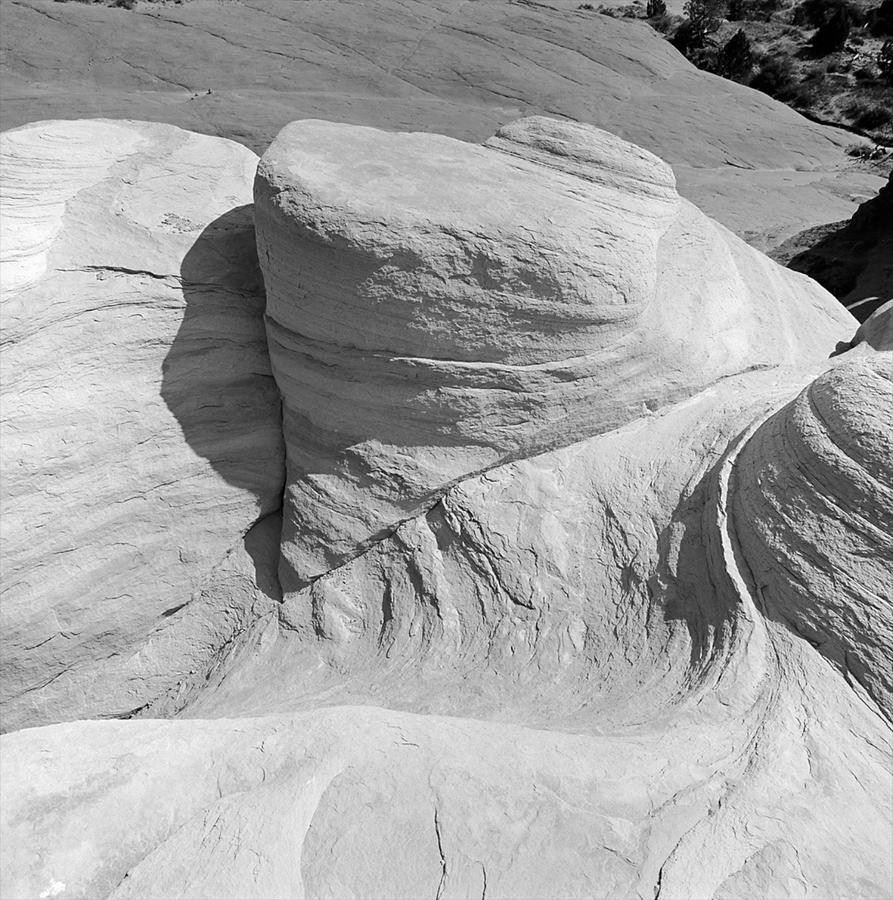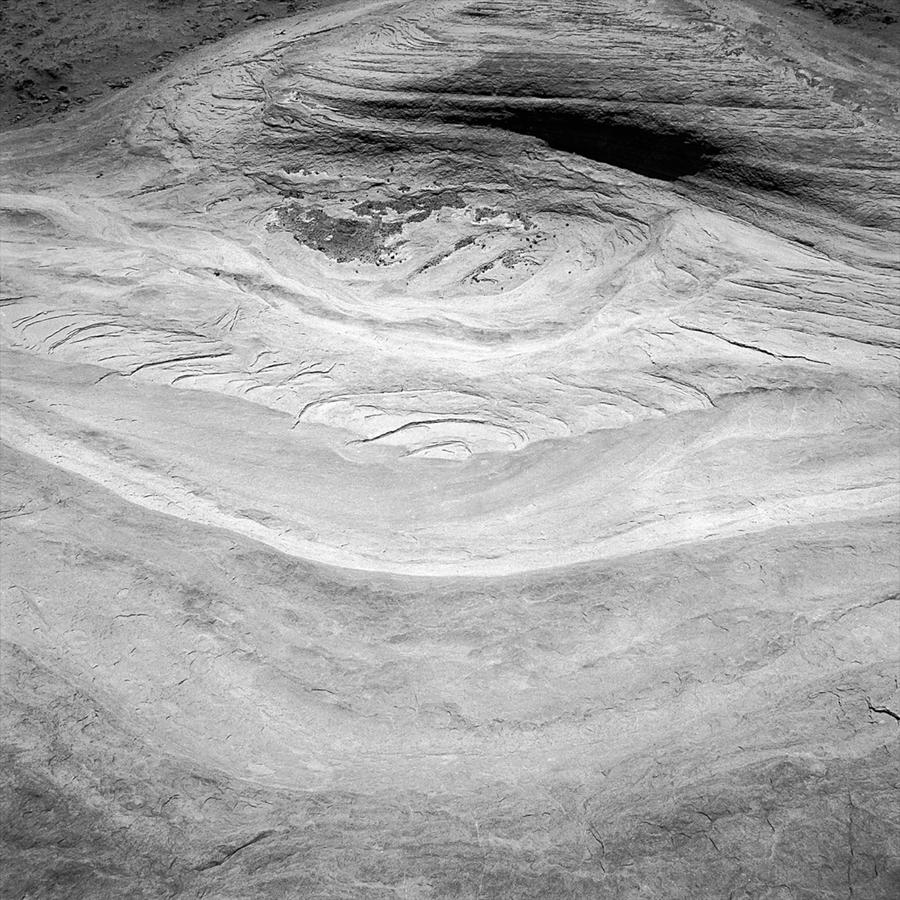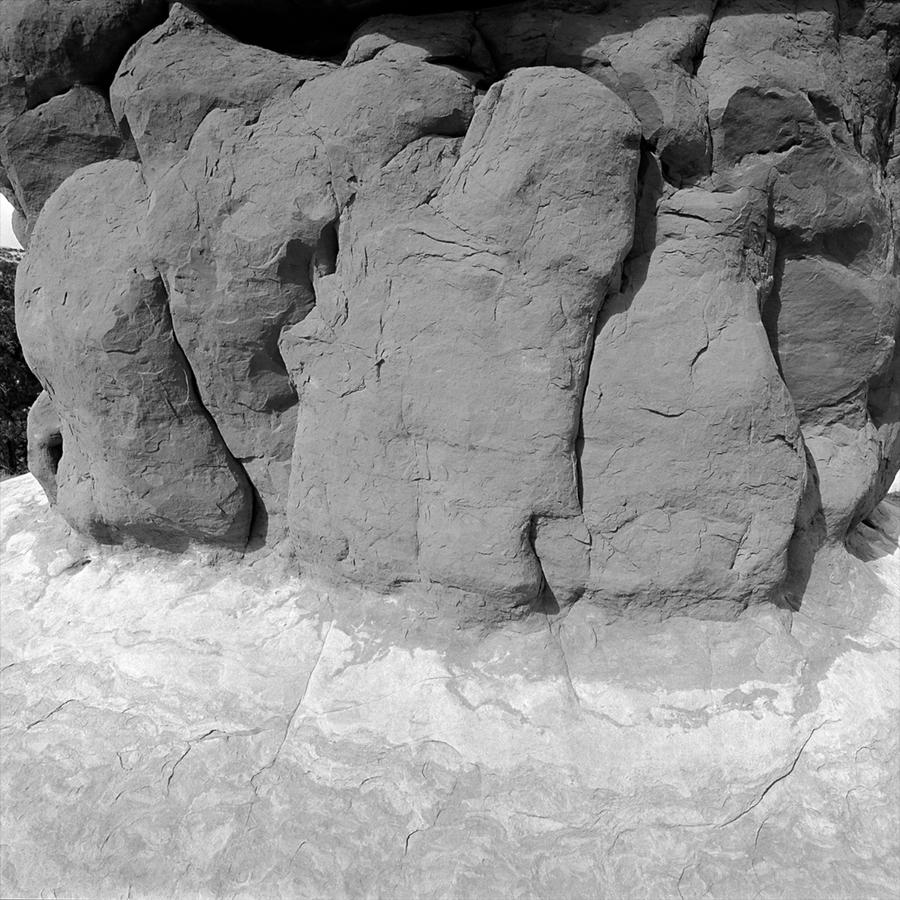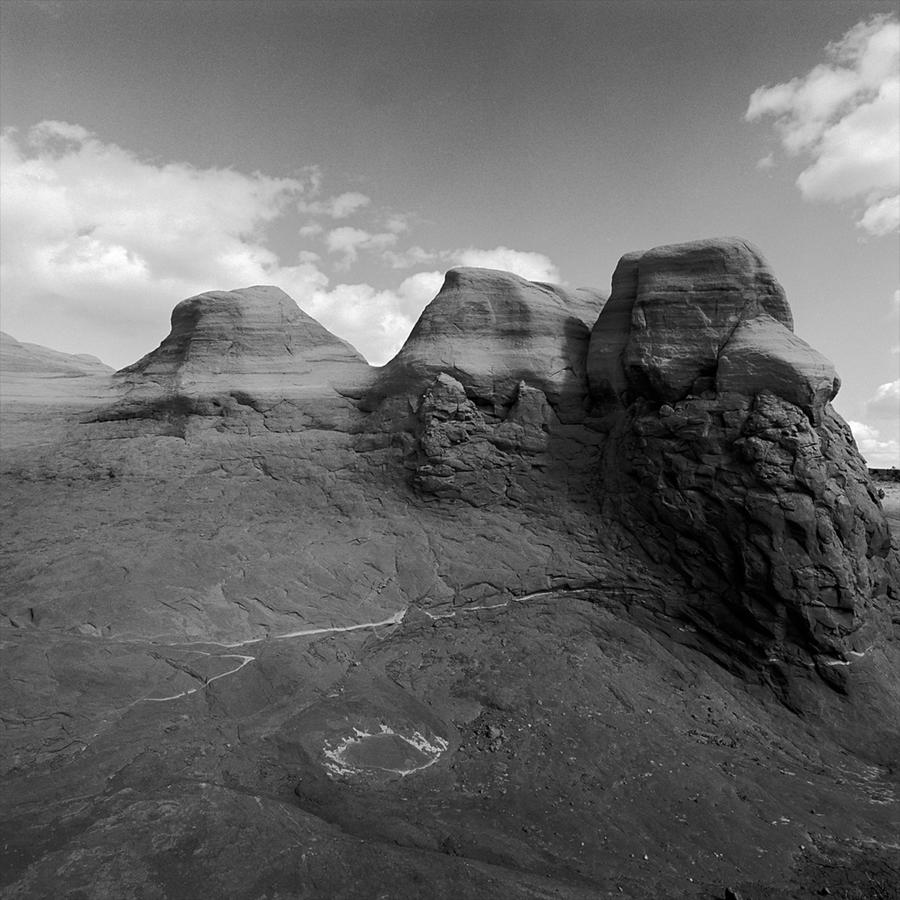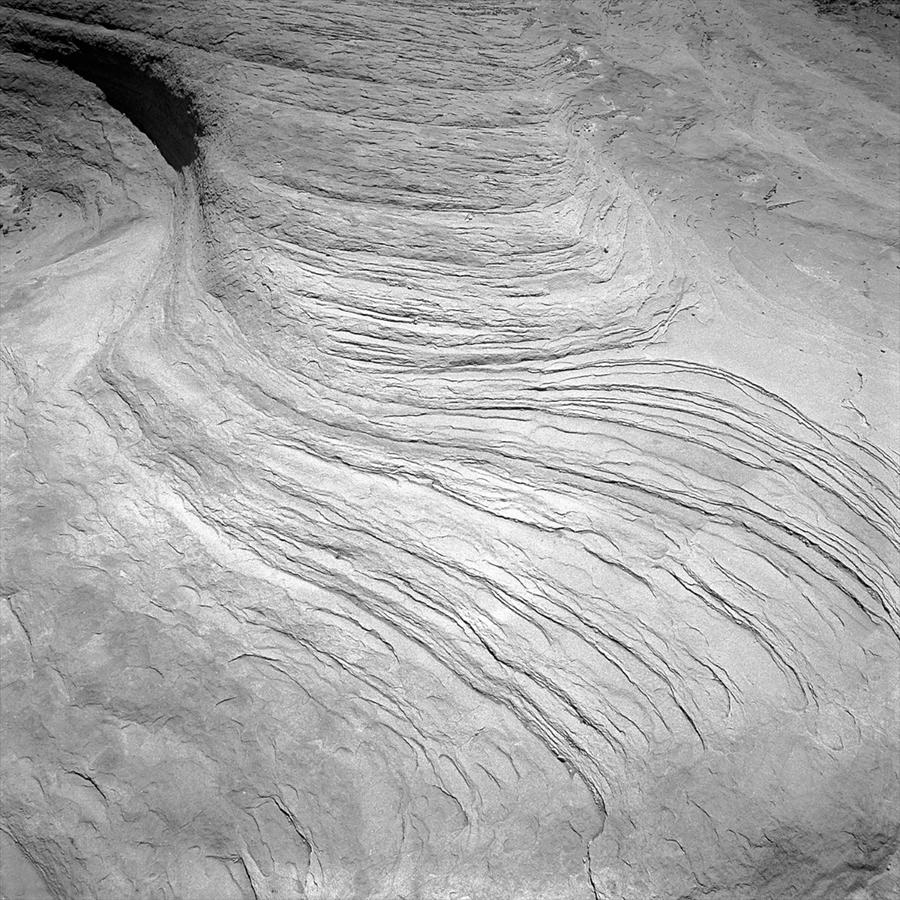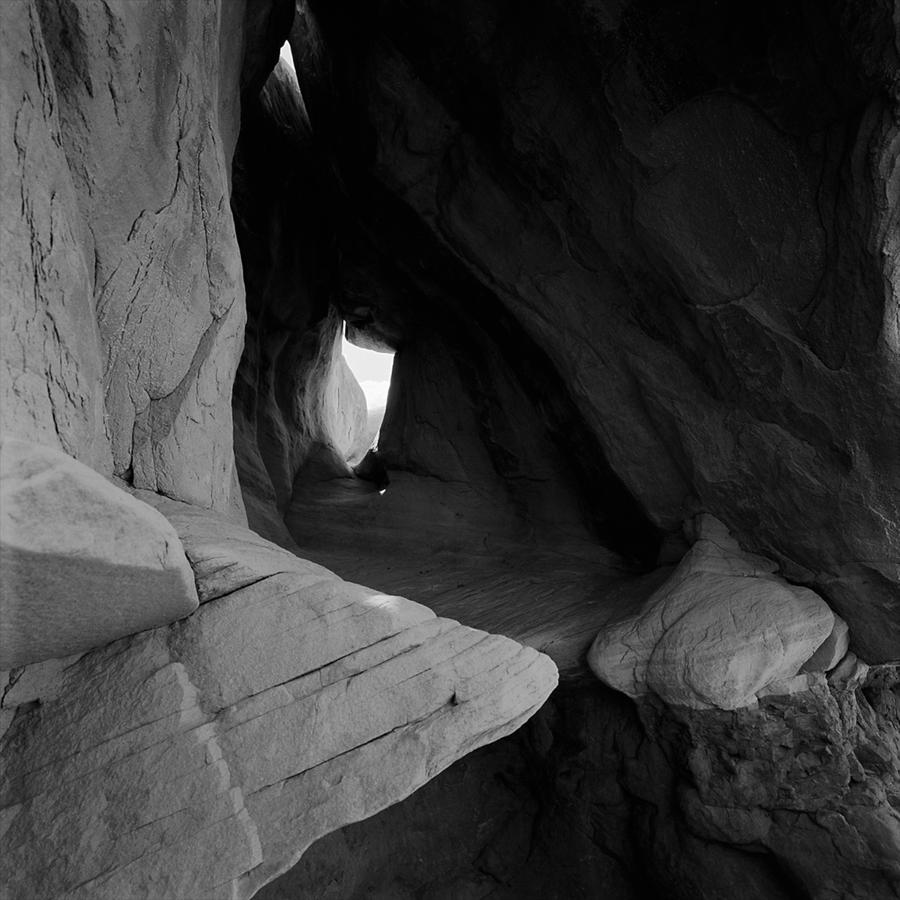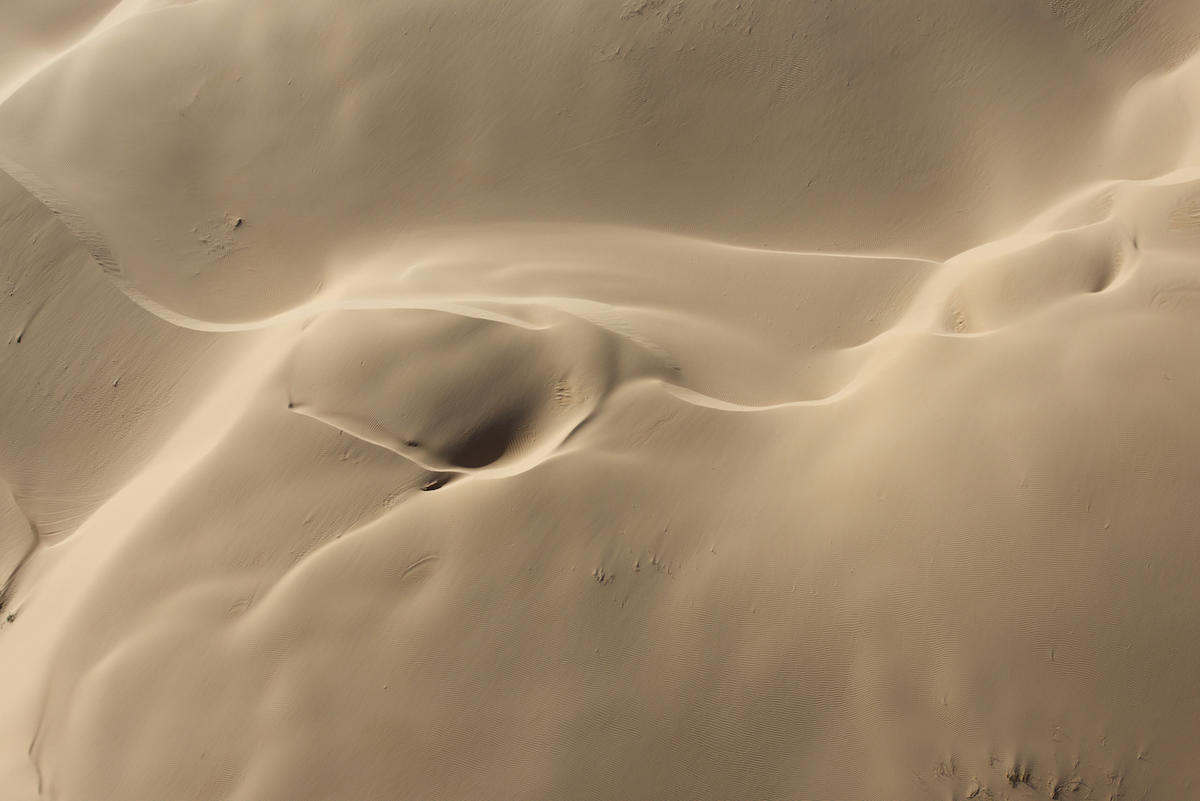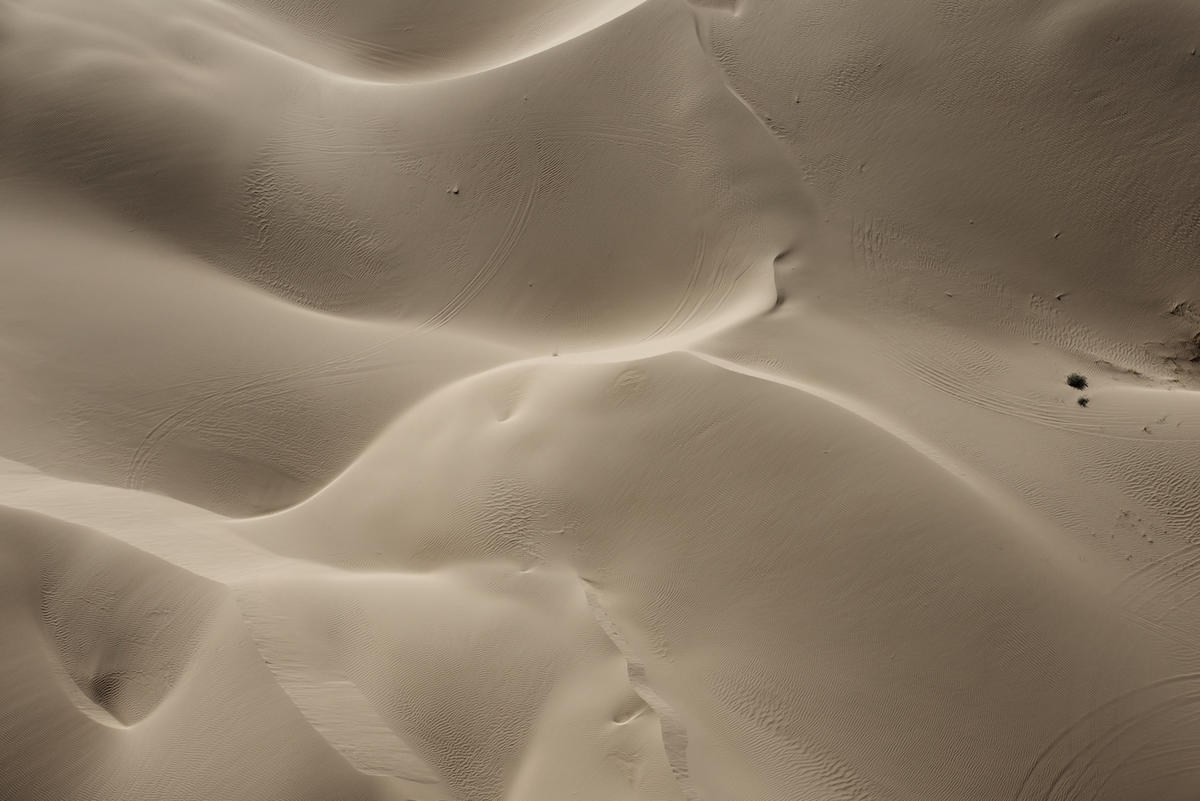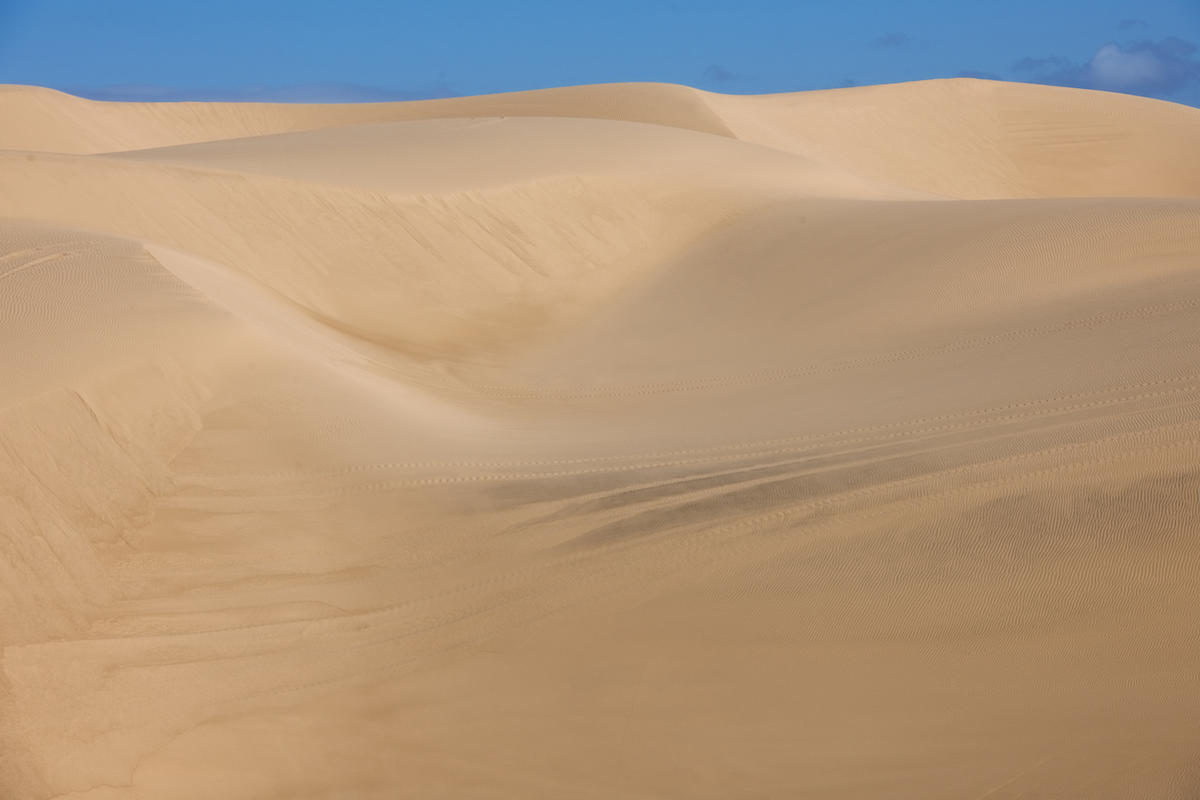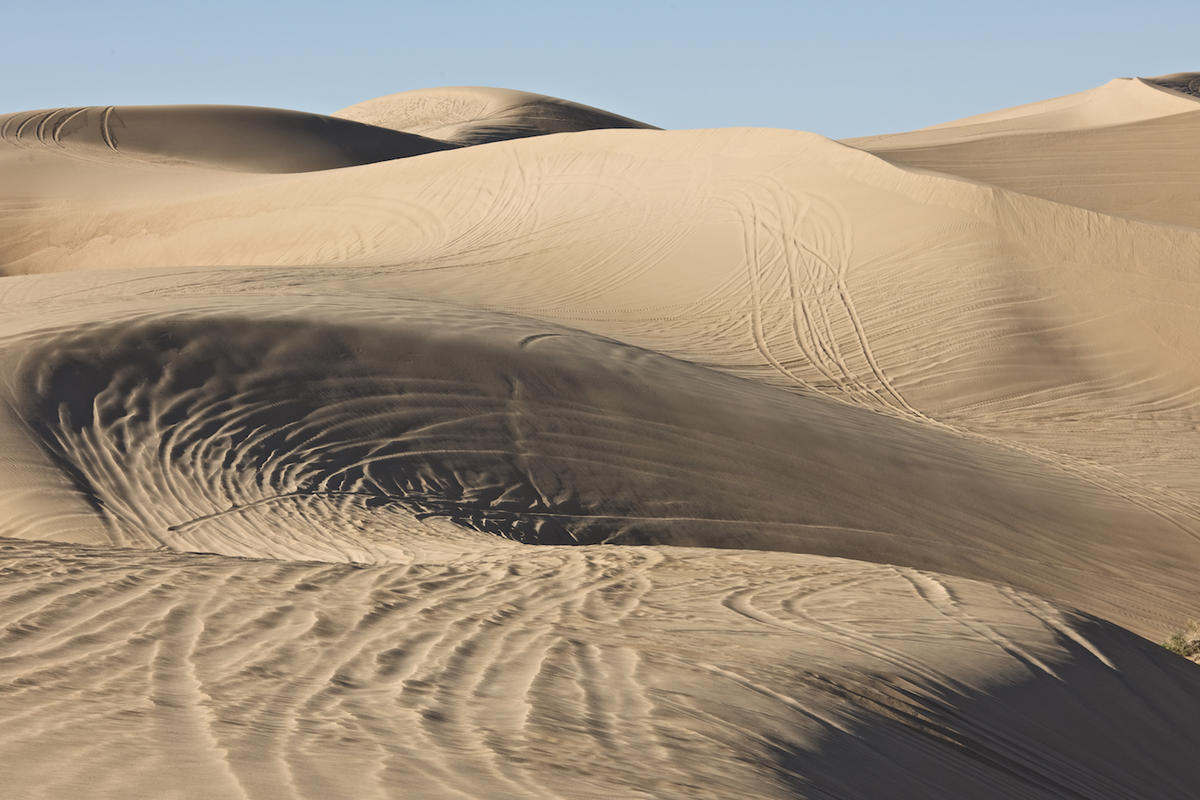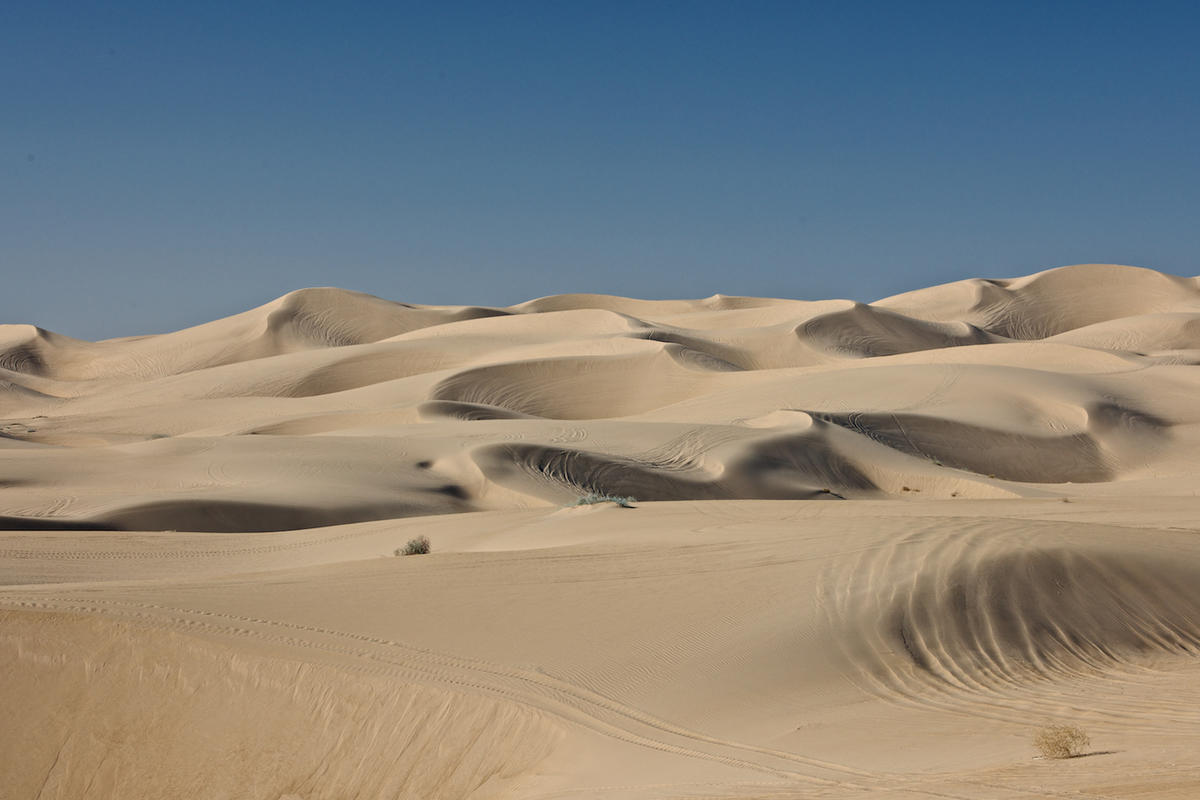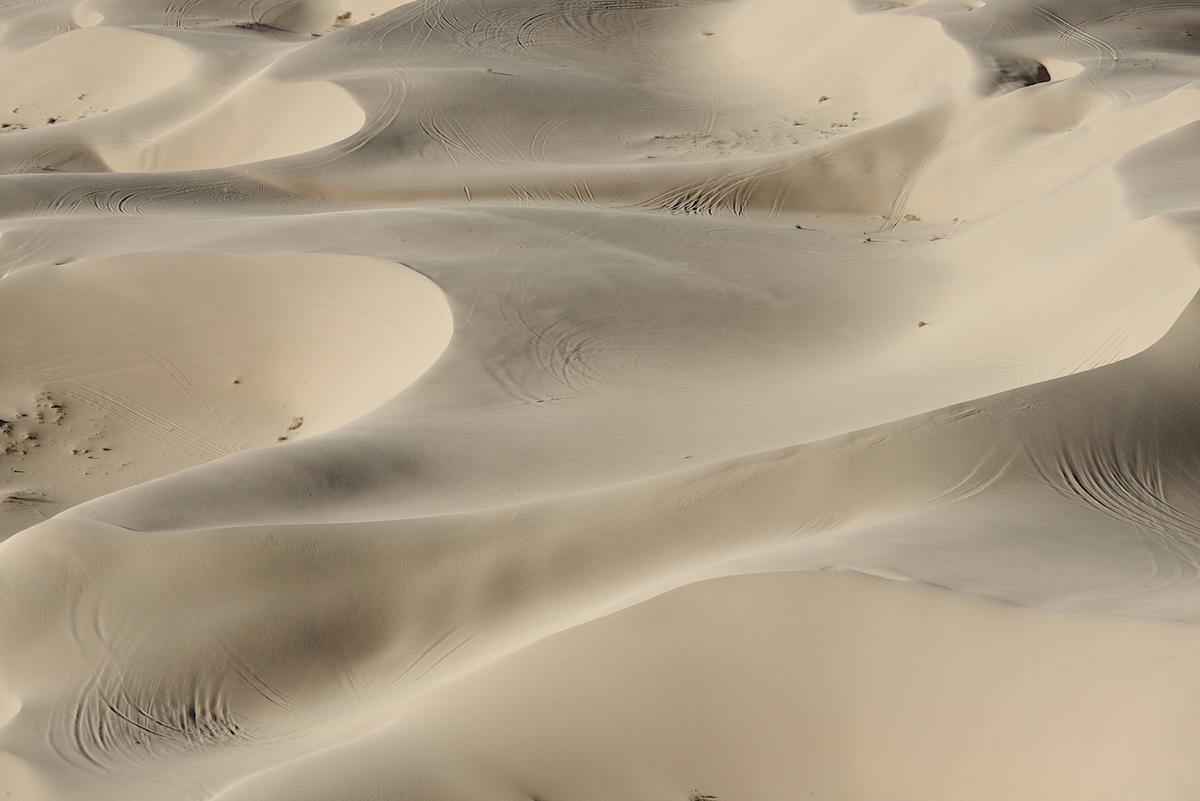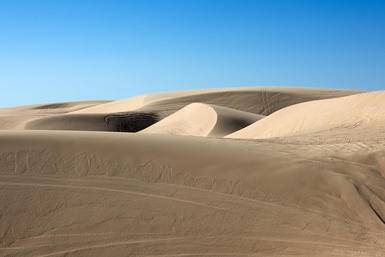Moab Utah
I've been to Moab several times, the most recent in 2010 when on sabbatical leave. I rented a small apartment for five weeks and made pictures.
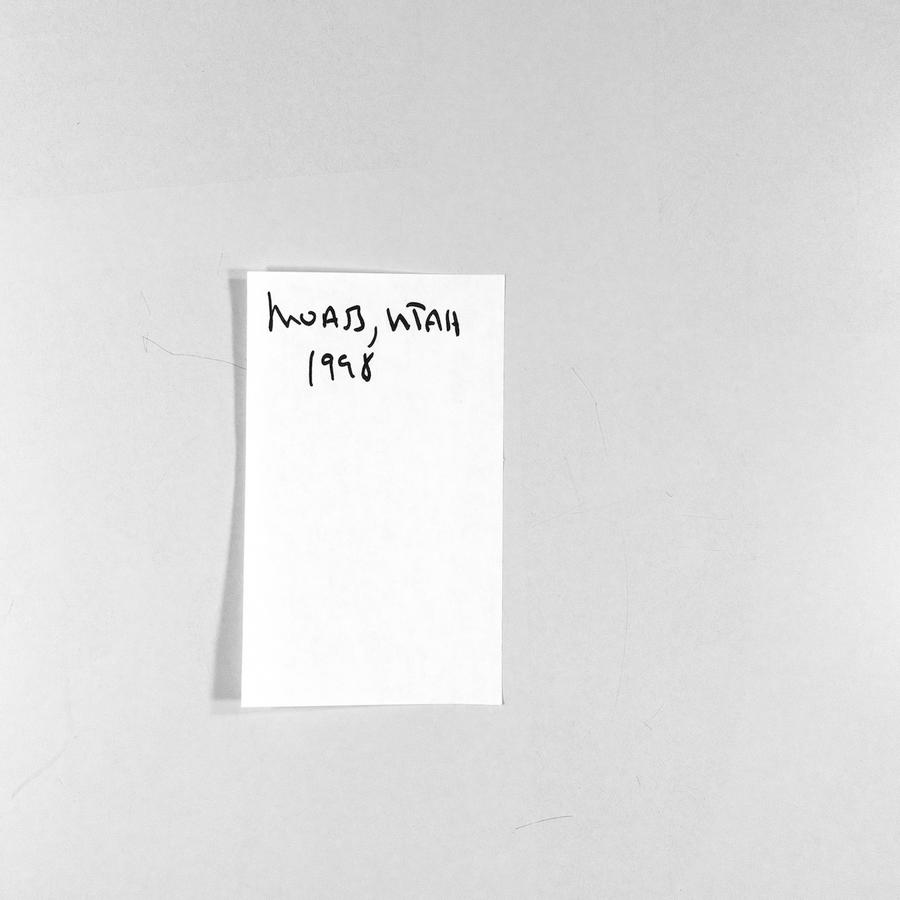
The series I'm showing here comes from 1998 and fits into the ones I am adding to the site for the first time, which means most likely few have seen them before.
The first one was Chaco Canyon (here).
Moab and the region around it is very special. Desert, rock, river; it is brutally hot in the summer, quite cold in the winter. Surrounding parks are Arches and Canyonlands. This is mountain bikes and off road trails, 4 wheel drive vehicles scrabbling tough rock falls and up cliffs, ATV's for rent and buttes galore.
How does one make his/her own pictures when confronted with such an incredible landscape? VERY carefully.
I came across some railroad tracks down near the Colorado River that worked their way through the rock canyon to the mines to the south. It was an overcast afternoon when I first found the area. I scouted the location then and thought that a sunny morning would be better, so came back in a few days. Turns out I was right.
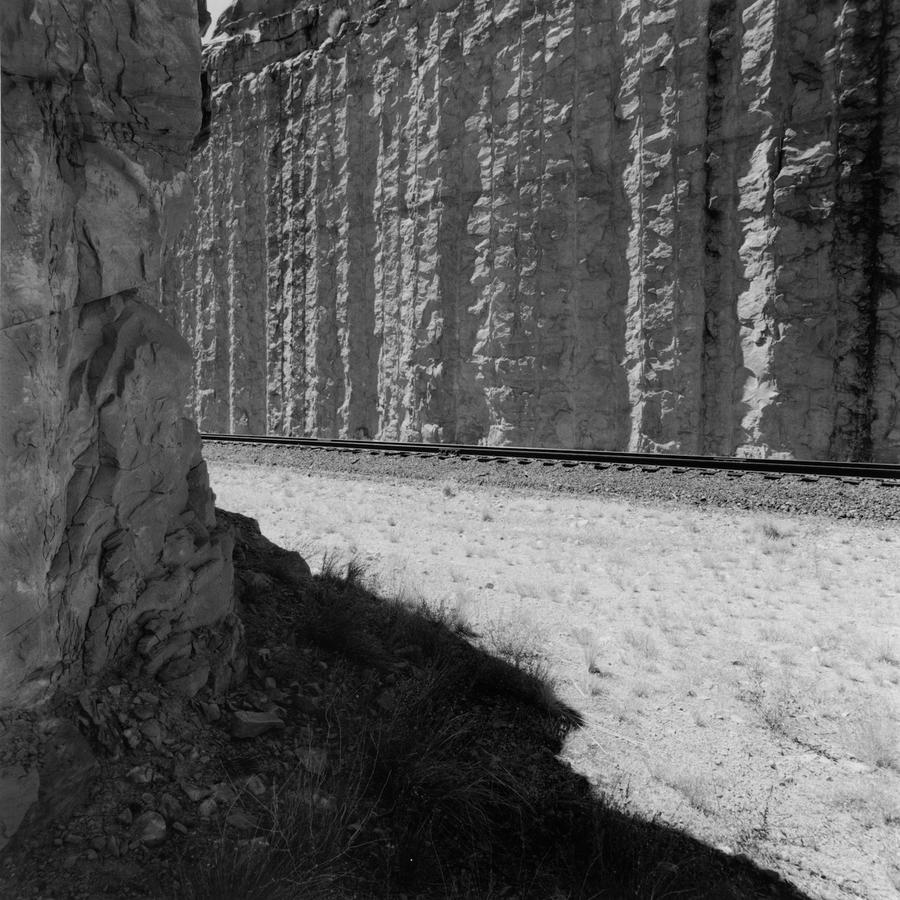
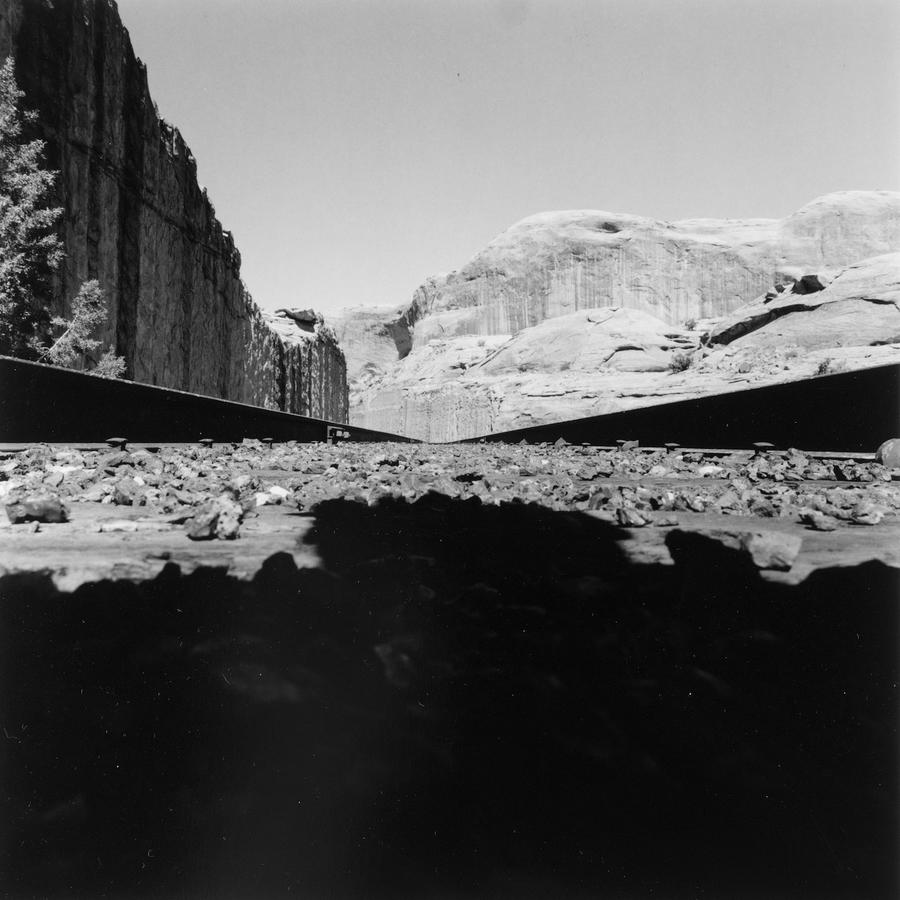 I liked the rawness of the place and its stillness, a path for the tracks blasted out of the solid rock. No trains came through while I was there. This is a sequenced body of work, meaning that the prints are arranged in an order. This is always done as I make the pictures and then in editing but in this case, as this is prints I made in the darkroom from film, by printing almost everything then arranging the prints over a period of days or even weeks to edit images out and to set a final sequence.
I liked the rawness of the place and its stillness, a path for the tracks blasted out of the solid rock. No trains came through while I was there. This is a sequenced body of work, meaning that the prints are arranged in an order. This is always done as I make the pictures and then in editing but in this case, as this is prints I made in the darkroom from film, by printing almost everything then arranging the prints over a period of days or even weeks to edit images out and to set a final sequence.
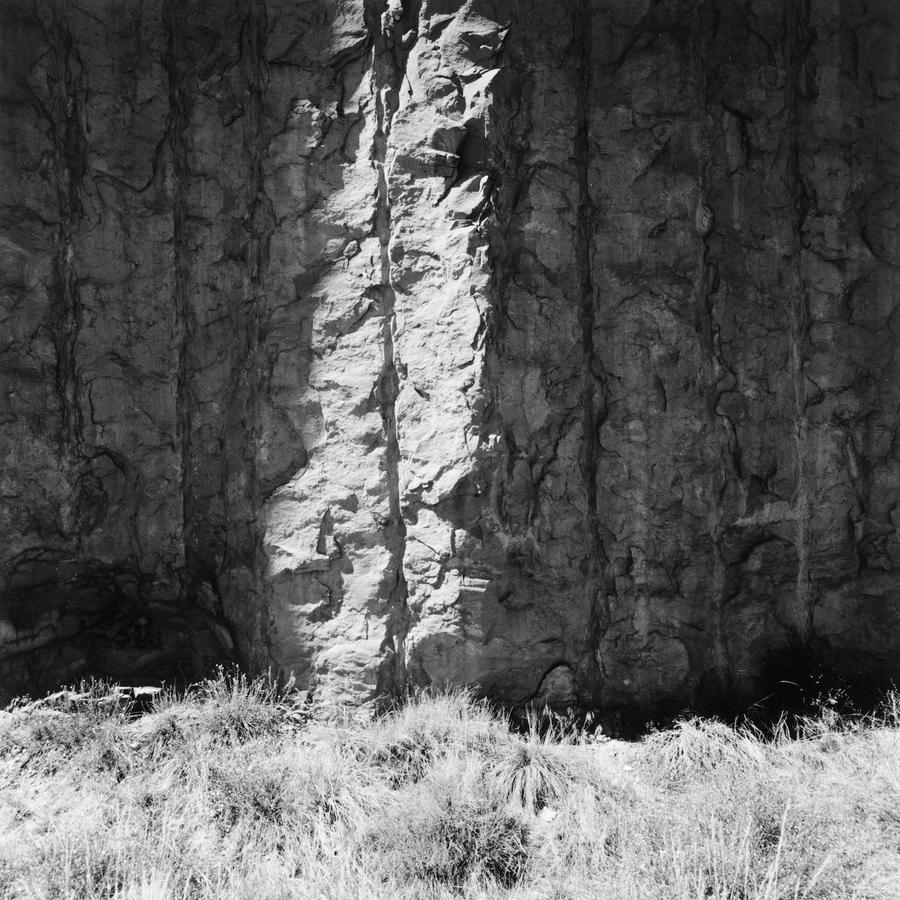
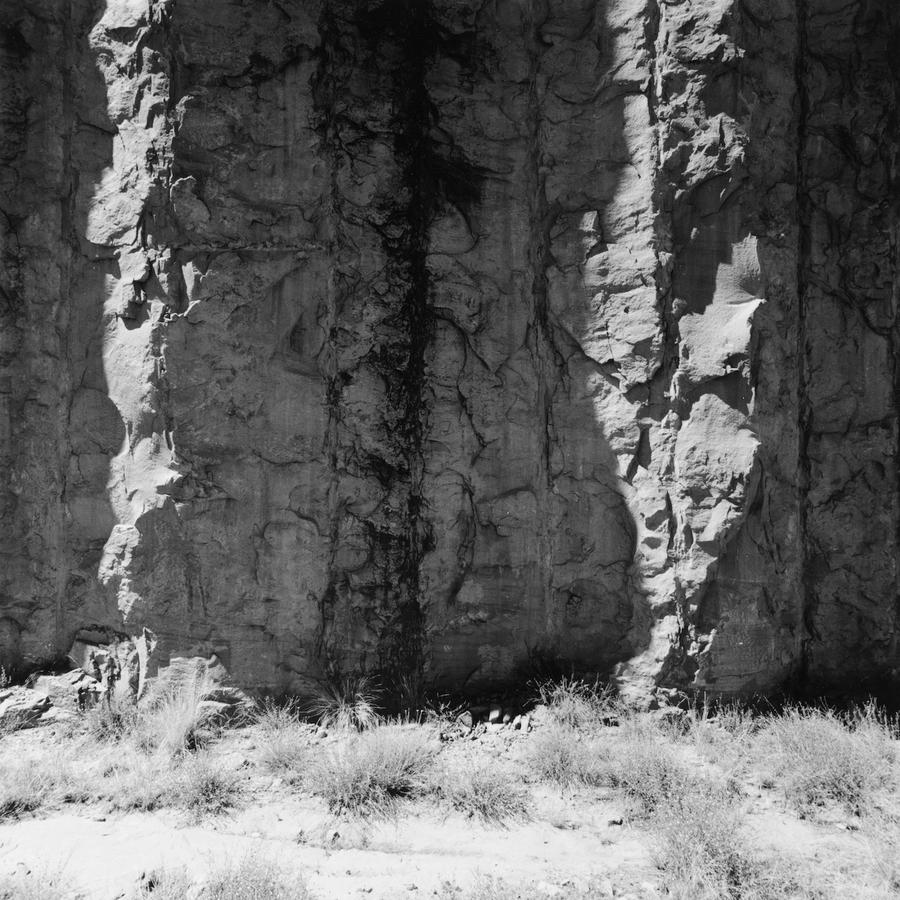 Also there are often pairings or subsequences within the overall series, as in here where I paired two together, both in the two above and also in the two below. I made the prints in my darkroom at Northeastern University where I taught. Most times I would go in early in the morning before my classes and print for a couple of hours.
Also there are often pairings or subsequences within the overall series, as in here where I paired two together, both in the two above and also in the two below. I made the prints in my darkroom at Northeastern University where I taught. Most times I would go in early in the morning before my classes and print for a couple of hours.
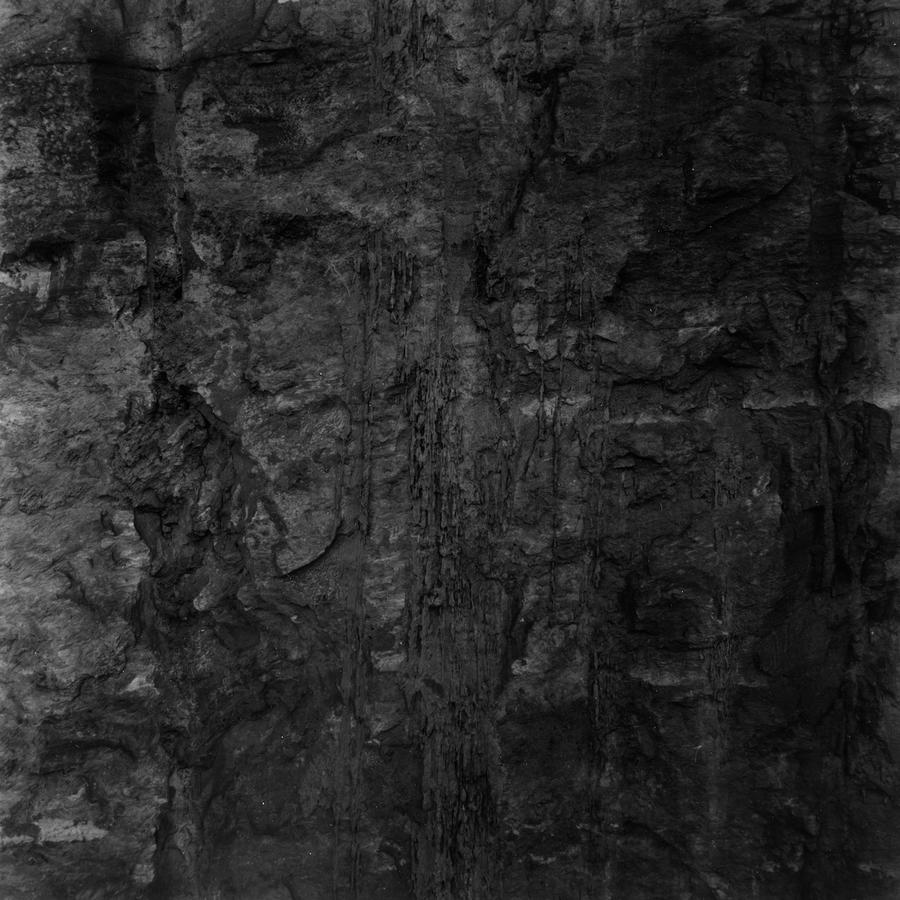
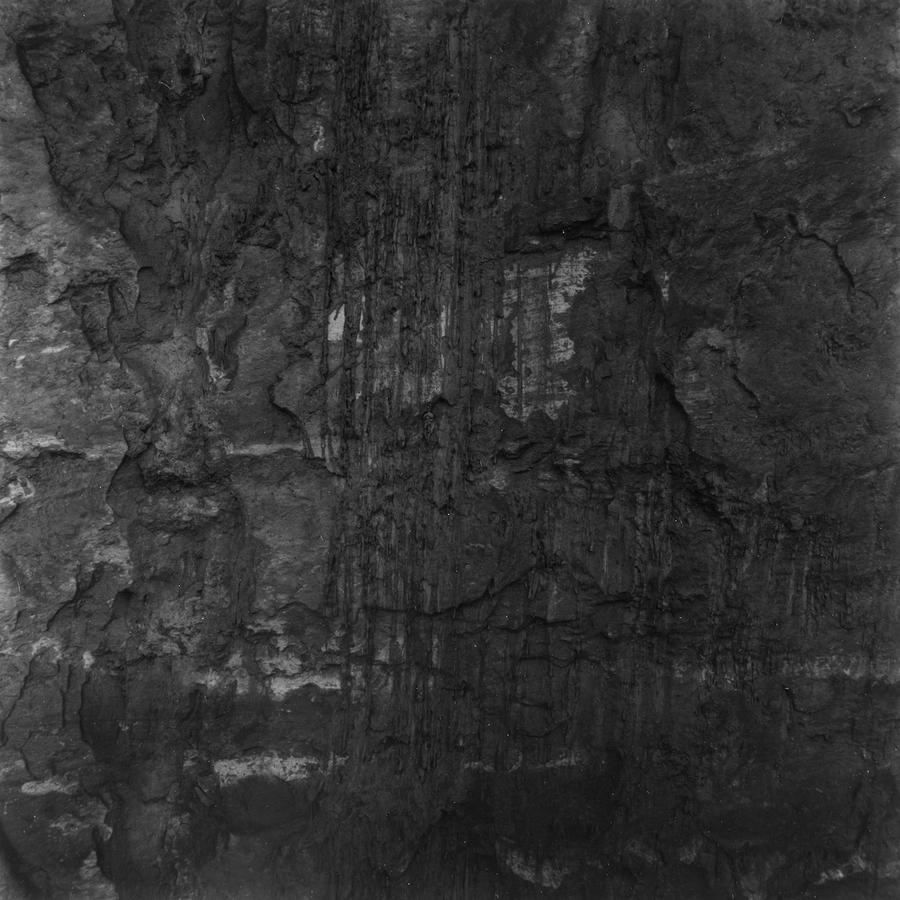 I remember using these two dark photographs as examples in my classes, trying to drive the point home about how exposure in the camera affects the final outcome. Photography is a little slippery in that what may look like some representation of reality, in fact, isn't. It is the medium's interpretation of the real. Knowing that we can bend the medium to our our desired outcome. In this case, you could either underexpose the film to make a thinner, more transparent negative with the final result being a darker print. Or, you could expose the negative normally (shot at Zone V, middle gray) and then push the print darker by exposing it in the enlarger longer. I wonder if you can tell which system I used here?
I remember using these two dark photographs as examples in my classes, trying to drive the point home about how exposure in the camera affects the final outcome. Photography is a little slippery in that what may look like some representation of reality, in fact, isn't. It is the medium's interpretation of the real. Knowing that we can bend the medium to our our desired outcome. In this case, you could either underexpose the film to make a thinner, more transparent negative with the final result being a darker print. Or, you could expose the negative normally (shot at Zone V, middle gray) and then push the print darker by exposing it in the enlarger longer. I wonder if you can tell which system I used here?
The Moab prints are true to form in that they are about 12 inches square, printed conventionally on Kodak 14 x 17 inch Polyfiber paper and toned with selenium, for increased permanence but also to shift the basic black and whites into a slight color change, from an olive cast to something a little warmer.
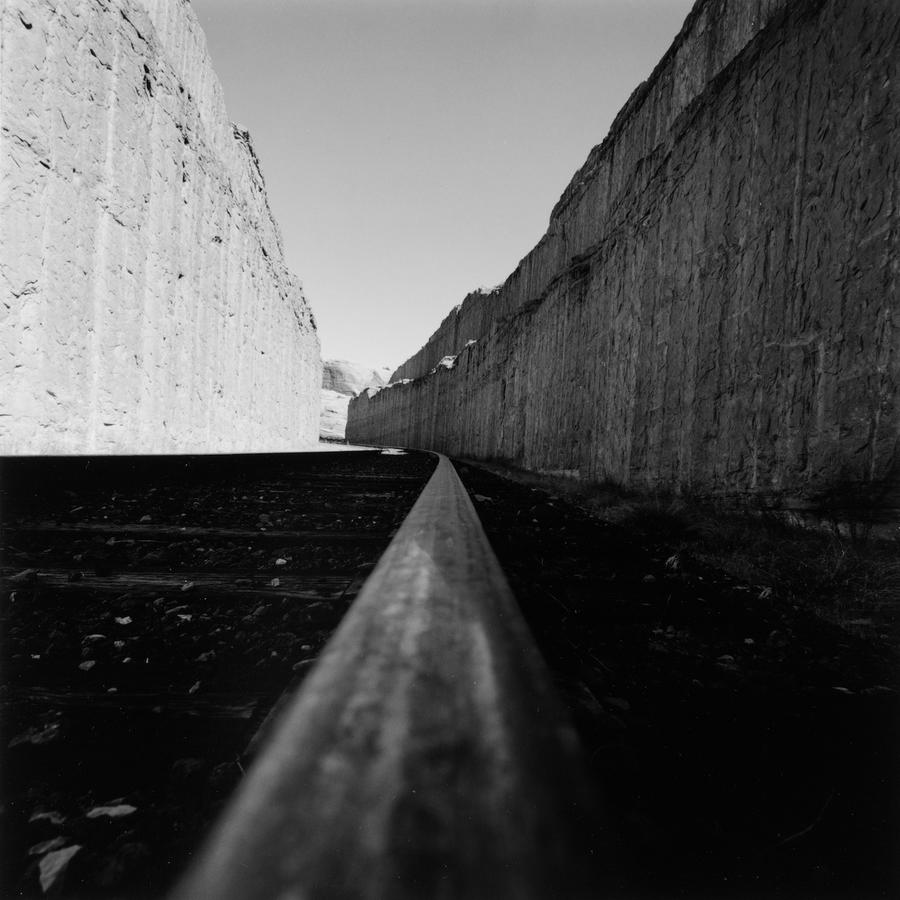
For this last one I simply placed the camera right on the track.
The full Moab portfolio is now up on the site: here.
For a look at another series I made on the same trip go: here
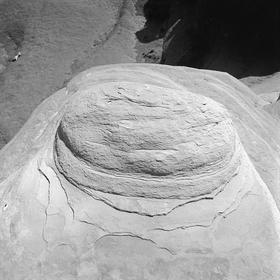
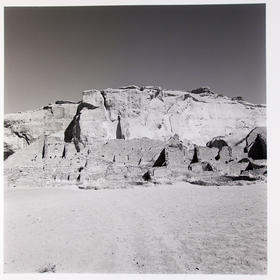
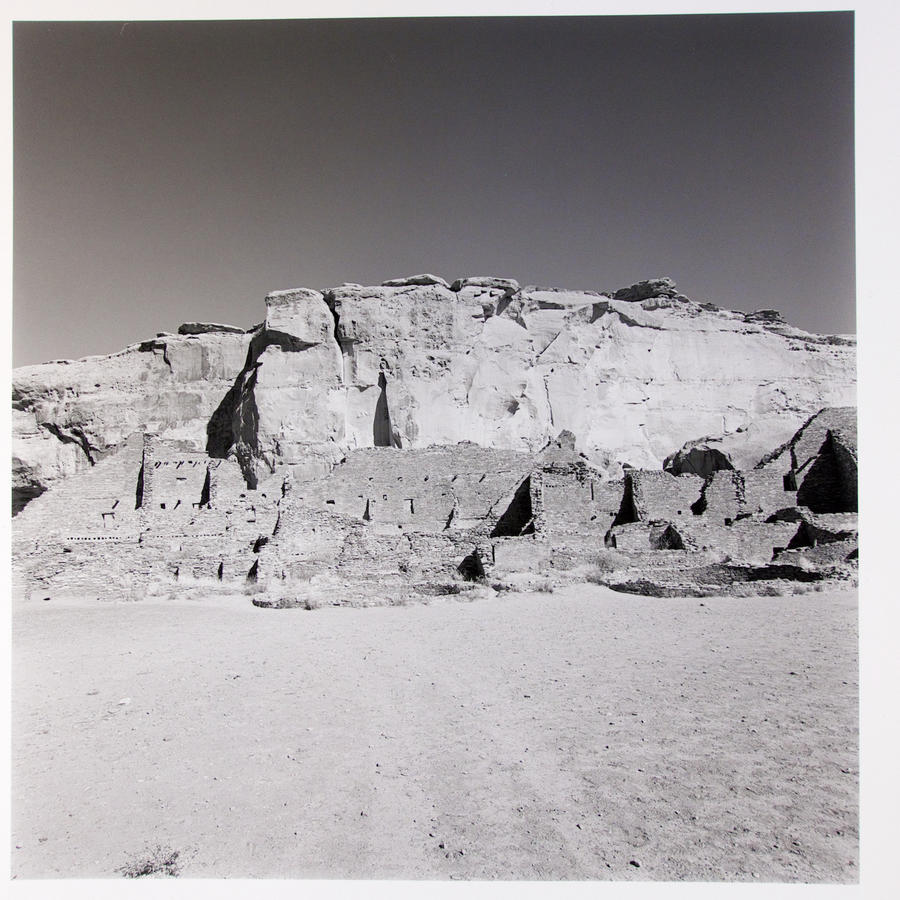 My series starts off with this one of the large great house called Chetro Ketl, but quickly leaves it as I headed up a trail that carves through the cliff face to arrive at the top looking out on the canyon below and the plateau above it.
My series starts off with this one of the large great house called Chetro Ketl, but quickly leaves it as I headed up a trail that carves through the cliff face to arrive at the top looking out on the canyon below and the plateau above it. Petroglyphs are common here.
Petroglyphs are common here.